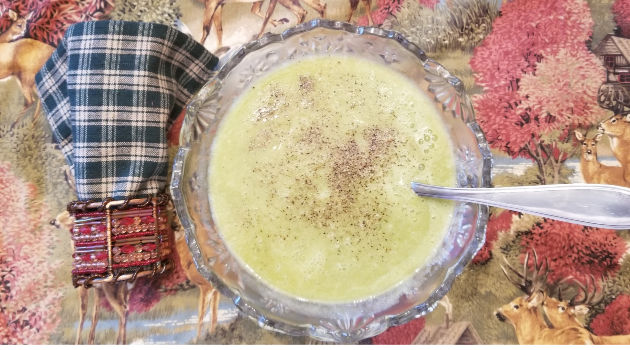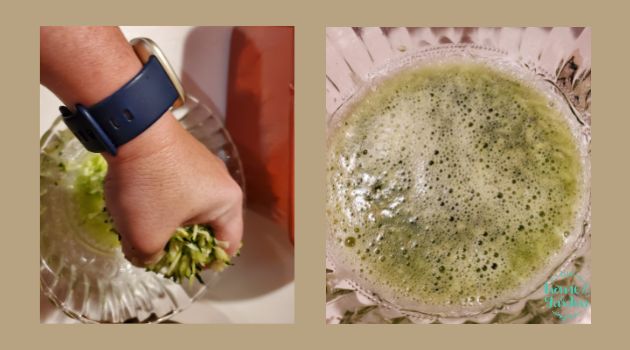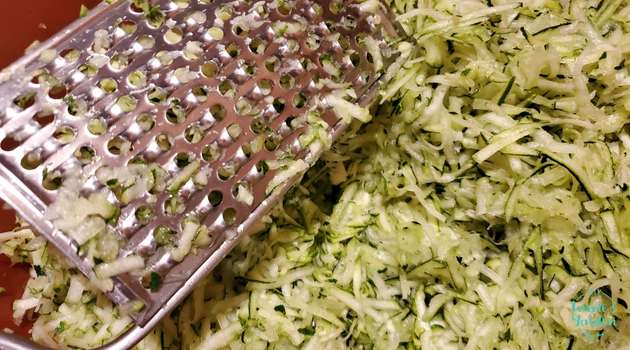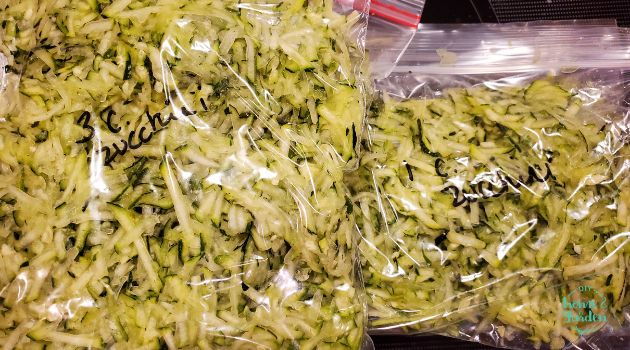Shred and freeze zucchini during the summer harvest when you can get it free from your garden or for a very low cost from your local farmer’s market. By shredding and pre-measuring it to suit your favorite recipes, you will not only store away food at a tremendous value, but you will also have the prep work started when you are ready to make and serve it.
You can do this whenever you have a nice pile of zucchini harvested from your garden. I often spot five or six ready at once. So shredding and freezing zucchini is an excellent way to handle it in multiple small batches instead of a tedious, long day of putting up food.
Before you start, look up your favorite zucchini bread or zucchini muffin recipe and note the quantity you need for baking.
I find this super-helpful because we love zucchini bread in my house. The problem–it’s often upward of 95° F when it’s ready to harvest in July, so I don’t feel like baking. But freezing zucchini, recipe-ready, allows me to bake on cooler days instead of forcing me to cut on the oven when I’d rather not.
Freezing Zucchini? Here’s How to Use It

I do two sizes of packs–a three-cup bag, which works with both my zucchini bread and muffin recipe ,and a one-cup bag. The one-cup size is convenient to throw into vegetable soups, stir-fry veggies, or other recipes.
As I prepare to freeze the zucchini, I flatten the bags (or often use my vacuum sealer, depending on what’s easiest that day) so that defrost time is minimal. Set the bag on a towel to catch any drips for ten to fifteen minutes and cook immediately. When I make a vegetable soup or add it to a stew, I skip that step and toss it right into the pot straight from the freezer.
You can also use this same preparation method for cutting the zucchini into long ribbons of “zoodles” (or sprializing them) for freezing instead of shredding them into smaller bits for baking. I love following this to make zoodles and look forward to enjoying that little bite of summertime in the winter.
What Kitchen Tools You Need to Shred and Freeze Zucchini
Before you start, here are a few tools to gather:
- A sanitized cutting surface (vinyl or wood cutting board)
- Sharp knife (either a chef knife, I prefer to use my favorite Santoku knife for this project)
- A serrated grapefruit spoon (for seed removal)
- Bags or vacuum sealer material (I usually use my sealer because the food lasts the longest; on the day I took these photos, I opened my pantry and did not have the bag material on hand)
- A shredded (either manual or via your food processor)
- Two large bowls (one for shredding, one for catching excess liquid)
- Measuring cups of the size your recipes require
- Permanent marker (to label and date the bags)
- Zucchini (I typically gather five or six at a time)
- One-half a lemon (or citric acid powder)
The five zucchini shown (below) yielded three three-cup bags and one one-cup bag for the freezer. Of course, these were rather big–they got away on me after a heavy rainstorm. Your yield will vary based on size.
Step by Step: How to Freeze Shredded or Spiral Zucchini

Time needed: 30 minutes
How to Freeze Zucchini (shredded or spiral)
- Prep the zucchini
Wash the fruit, pat it dry, remove the ends, and cut the zucchini in half lengthwise. Use the grapefruit spoon to coax out any large seeds.
- Squeeze out the excess moisture
This step is essential–if you skip it, ice crystals will form and waterlog the zucchini as it defrosts. Using clean, freshly washed hands, take the zucchini one handful at a time, squeezing the excess liquid into a bowl. Some people use cheesecloth or a tea towel to do larger volumes at a time, but I find this has the least amount of cleanup afterward–and it’s actually a little bit fun.
- Shred the zucchini
Use a manual shredder or your food processor to work all the zucchini into a large bowl–the wider the top, the easier this job will be–I used a large, rectangular hotel food prep bucket I scored at a yard sale years ago.
Remember, too, you can spiralize the fruit if you prefer to make zoodles later.
. - Add lemon
Add the juice of one half of a lemon to keep the color fresh and lovely until you cook or bake with it. I use the grapefruit spoon to flick out the lemon seeds before I add the citrus juice into the squash. I use my hands to extract the lemon juice, but you may also use a juicing press. After you add the lemon, give everything a quick toss to ensure it’s well-coated. You don’t want too much juice in any one place, especially after extracting all the moisture content from the squash. Citric acid powder or Ball Fruit Freshalso works if you don’t have a lemon handy.
- Measure and pack the freezer bags
Measure up shredded zucchini and pack them into freezer bags or vacuum seal them. Pack them flat for easy storage and the quickest defrosting time. Use a permanent marker to indicate what’s in the bag, the amount (especially if you do multiple sizes for different recipes or purposes), and the date you packed it.
The Takeaway: Freeze Shredded Zucchini in Pre-Measured Bags Today, Enjoy it Later
Follow these steps to freeze zucchini (shredded or spiralized) as you can get ahold of it during the summer when it is free or cheap. You will have access to it in the off-season to enjoy in soups, stews, bread, cakes, muffins, or as zoodles. Your time and effort will pay off later when you plan affordable meals and baked treats around this delicious ingredient.






